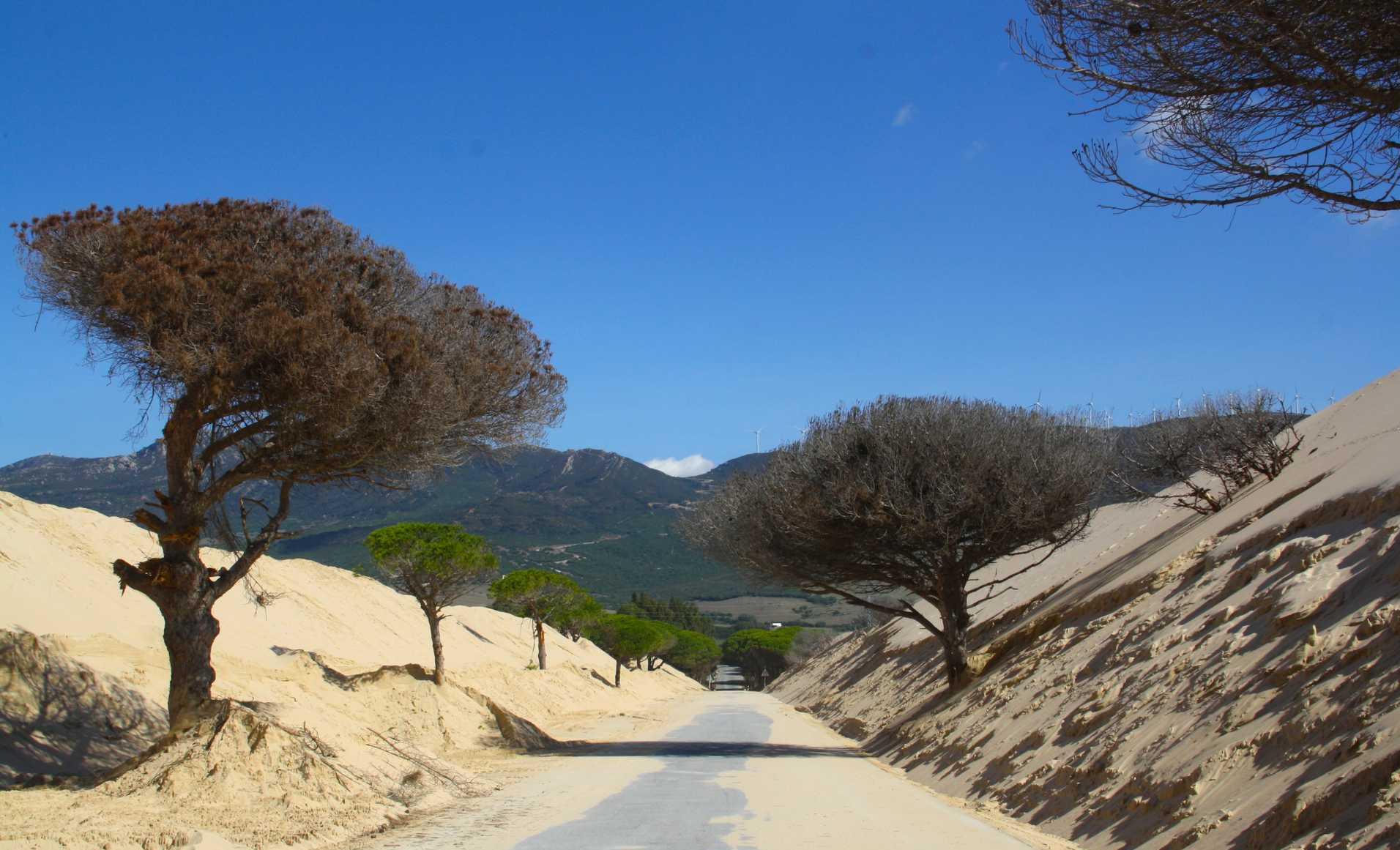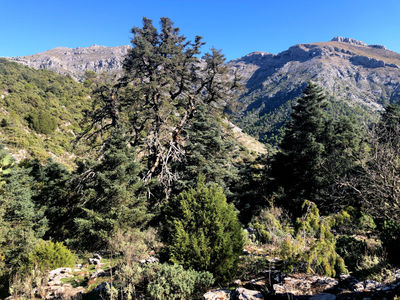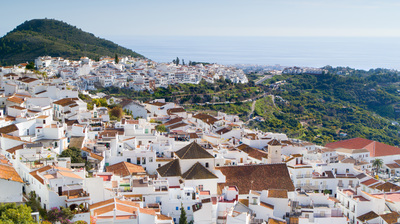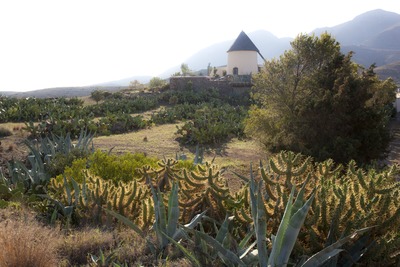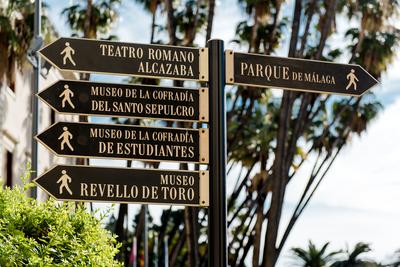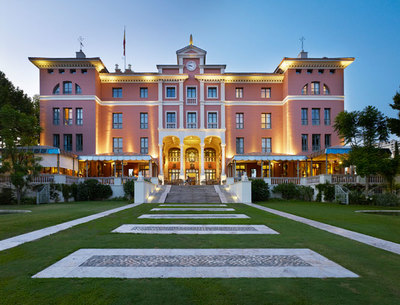Routes and walks with Muñoz Rojas in Antequera and the surrounding area
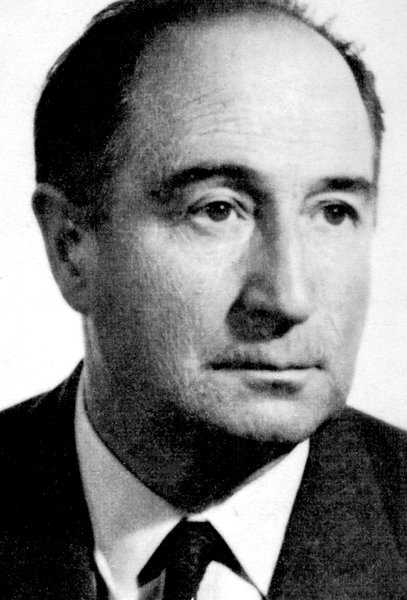
In love with the Vega de Antequera countryside, he created his intimist, contemplative and simple poetry verse by verse.
The discreet poet
Poet, translator, humanist. National Poetry Award, Honorary Citizen of Andalusia, Gold Medal for Antequera. He was born to a well-off family in the Plain of Antequera, a landscape that would always be present both in his literature and in his life. The land, the vegetation, work in the fields, the pathways, the animals and the people of Antequera would be masterfully depicted by Muñoz Rojas in his mature years as simple, intimate lyricism without raucousness which typified his verses and his prose.
He studied under the Jesuits in Malaga and continued in Madrid, where he studied Law, a profession which he never took up. Antonio Machado left its influence on his poetry and he has great friends among the Generation of '27, such as Vicente Aleixandre.

He joined the Generation of 36. In Cambridge (England), where he was a lecturer of Spanish, he related with Unamuno, Cernuda, Leopoldo Panero and T.S. Elliot.
He lived between Antequera, Malaga and Madrid and where in 1951 he wrote his best work, Las Cosas del Campo (Matters of the Countryside). With Objetos Perdidos (Lost Property) he won the National Poetry Award.
He died in Mollina, a town in the Antequera district, with extensive vineyards, olive groves and wheat fields and near the salty lagoon of Fuente de Piedra, with its violet-coloured sunsets. In his veins, José Antonio Muñoz Rojas had the land, the people and, above all, Antequera, his true love.
Casería del Conde
It was his home and his refuge, surrounded by laudanums, mastics and forget-me-nots. He used to swim up and down in the water tank in his garden to wake himself from the lethargy that afflicted the Antequera countryside in the summer months, in the company of a weeping willow and a fathom of water discovered by a diviner.
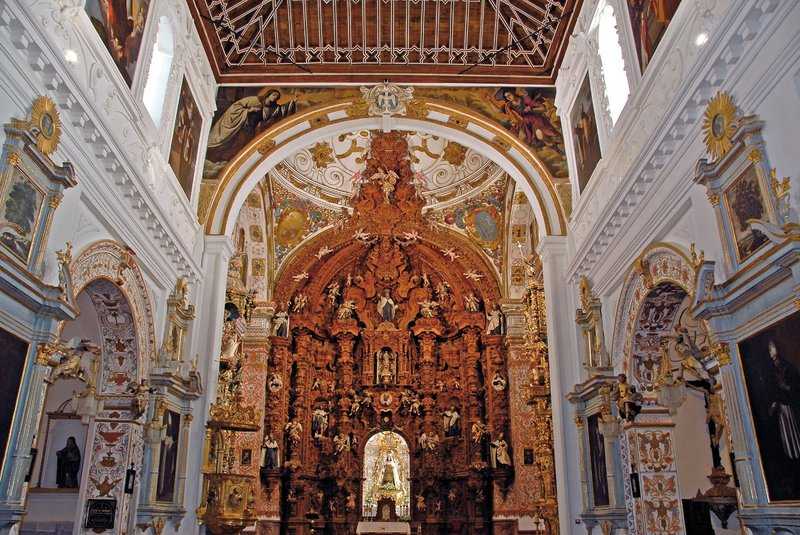
He had been born in the Calle Comedias, near the Plaza del Coso Viejo, but was in this farmhouse where Muñoz Rojas experienced his passion for the country. He was described by the Nobel prize winner Vicente Aleixandre as "an Andalusian gentleman who understood the labours of the countryside, felt the passage of the seasons, road on the straw cart, threshed the corn, went out with the olive-pickers in the early winter mornings, sat in front of the fireplace with his elders and grew up with the children.” Horse riding, walking with his dogs and observing nature were like fine drops of water seeping into his memory and became memories that, years later, would appear in what was perhaps his best book: Las Cosas del Campo.
His homeland was part of his soul and there he created a rich and valuable library as if it were a sanctuary.
All his books and documents now enrich the Royal Academy of the Noble Arts in Antequera.
"Las Cosas del Campo"
In 1951 he wrote Las Cosas del Campo, forty pieces of prose with a poetic vision of the countryside, in very simple language. The district of Antequera with the majestic the lunar landscapes of El Torcal on the one hand and Peña de los Enamorados on the other, now in Archidona, is his world. Conversations and human stories about those who give life to the vast plain like Miguelillo el Pavero, Narciso the singer, Juanillo the madman, Dolores and passage of the seasons, with the sowing, the grape harvest, the hailstorms… are memories of his early years in the plain of Antequera, the childhood paradise which captivated him.
Muñoz Rojas felt very much like a peasant in his birthplace of Antequera and he created his poetry verse by verse with simple, intimate lyricism without raucousness which typified his works. Although he studied with the Jesuits in Malaga he has always wanted to return to Antequera.
Antequera, with its splendid historical heritage from the prehistoric burial grounds, is for Muñoz Rojas the best source for his books. An Antequera, as he wrote, "laid back and extended, with so many churches and whitewashed roofs; dressed in Baroque galas and with the joyful ringing from a thousand bell towers; cosy in its patios and its rhythms, with clean and shining the streets”.
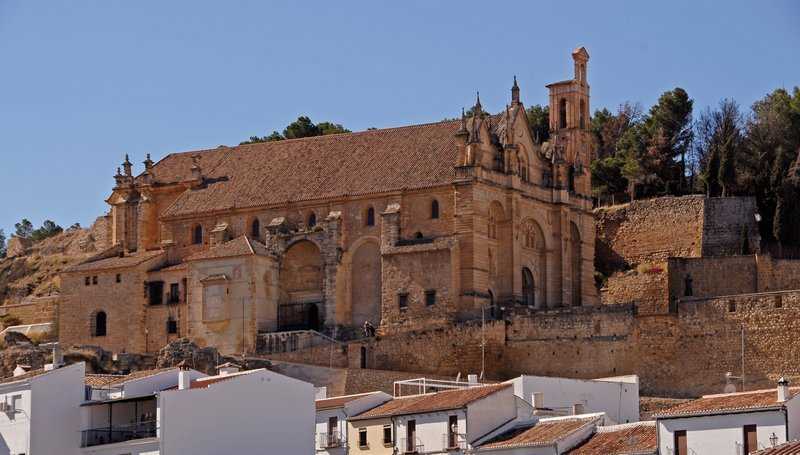
And he recreates the Collegiate Church of Santa María la Mayor, Renaissance and with Mudéjar coffered ceilings, with a tower which they call Papabellotas. And descending to the city he speaks of the Arco de los Gigantes, built in honour of Philip II (1585) using stone and Latin inscriptions from Baetic times. Mythical places and sources of inspiration like the churches which he prayed, the castle which dominates the city, the streets down which he has walked.
For love of Antequera
Muñoz Rojas adopted the city's motto: "For love of Antequera”, with the lions and a jug of lilies you would often see the somewhat sickly and lanky figure with a clear mind and a quiet gaze strolling through the Al Andalus streets of the Coso Viejo and day-dreaming about ancient standing before the Collegiate Church of San Sebastian with its Mudejar tower, which is a visible cultural focal point from many parts of the city.
And from there, on his afternoon walks, he would visit the Renaissance fountain and the Nazarene arch, then on to the temple of La Encarnación with Mudéjar coffering, and the Church of San Agustín before reaching the renovated Town Hall and the Church of San Juan de Dios.
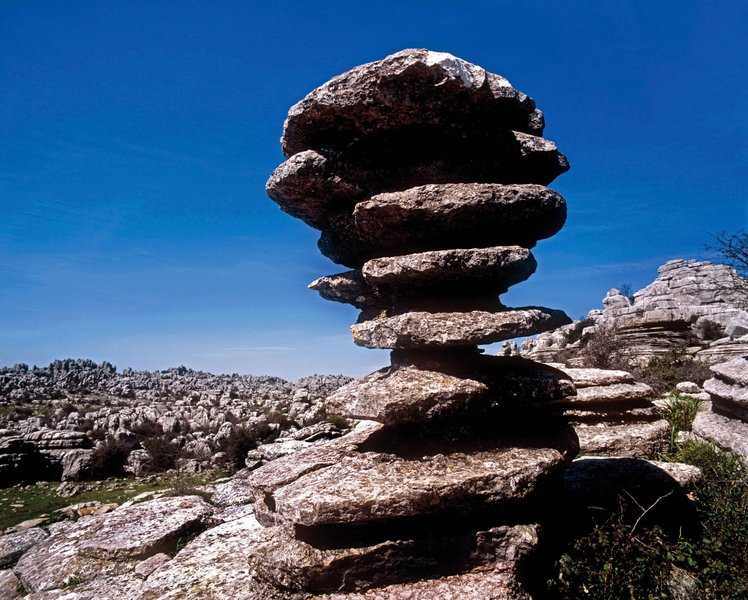
Antequera has a history which is truly splendid and monumental and it always provided Muñoz Rojas with enough elements to recreate poetically his love of stone, of sculpted stone, of stone imbued with history and humanity.
There is a walk that begins at the Palace of the Marquises of La Peña de los Enamoradosand carries on towards the old Monastery of San Zoilo in the Plaza de San Francisco the Church of San Pedro.
Very near the Alcazaba fortress it is worth stopping to visit the Museum of the City of Antequera, formerly the Palace of Nájera, where there is a famous 1st century bronze statue called the Efebo de Antequera on display and which was discovered in La Vega. To the left you'll find the Church of Santo Domingo and further south, the Plaza del Portichuelo, with a certain Baroque-Mudéjar style, with the Church of Santa María de Jesús. An Al Andalus past as seen both in the Church of El Carmen, and the Postigo de la Estrella.
Routes with legend
José Antonio Muñoz Rojas loved to follow the trails out of Antequera and lose himself in the Plain just for the pleasure of hearing the birds, stopping by a stream and watching the mastic and rockroses grow. In his books there are melancholic memories of his years as a child and as a young man. Odes to nightingales, to butterflies and to the young pigs and in the Fuente de Piedra Lagoon he remembered sunsets, some of them as pink as the flamingos that nest and breed in this protected wetland from March to July.

In the vineyards of Mollina, the town where he died, you should visit the old wineries to sample the first must.
Be sure not to miss El Torcal, a natural monument which leaves visitors perplexed when faced by the karstic landscape, declared a natural site to be preserved.
And on the road leading to Granada, in the distance but very near for Muñoz Rojas, you'll find the Peña de los Enamorados and the legend of the two lovers, a Christian man and a Moorish girl who, rather than be separated, decided to die together, by throwing themselves from the summit and leaving their name for this mountain that looks out over the plain.
Routes
From the personal experiences of Muñoz Rojas and his love for nature in the Plain of Antequera we suggest three routes through the region:
Route 1. Peña de los Enamorados. Leave Antequera by taking the A-339 to Archidona(Historic-Artistic Site) - Chapel of La Virgen de Gracia - Plaza Ochavada (18th century) - Laguna Grande - Peña de los Enamorados-.
Route 2. Fuente de Piedra Lagoon Nature Reserve. Leave Antequera by the A-92. And visit Mollina - Nuestra Señora de la Oliva Winery - Roman remains - Fuente de Piedra Lagoon (National Reserve) - El Torcal Nature Reserve - Villanueva de la Concepción - El Torcal Visitor Centre - Las Ventanillas - Plaza de San Sebastián - Renaissance fountain - Collegiate Church of San Sebastian - Convent of La Encarnación - Plaza del Coso Viejo - Nájera Palace (Museum. Efebo de Antequera).
Walk 2. Plaza de las Descalzas - Convent of San José (Museum) - Palace of the Marquises of La Peña de los Enamorados - Convent of La Victoria.
Walk 3. Puerta de Granada - Dolmens of Menga and Viera (2 km to Dolmen of El Romeral) - Royal Convent of San Zoilo - Church of El Carmen.
Walk 4. - Postigo de la Estrella - Plaza de Santa María - Royal Collegiate Church of Santa María la Mayor - La Alcazaba fortress and Arch of Los Gigantes- Port of Malaga Papabellotas
Walk 5. Return to the Arch of Los Gigantes - Plaza del Portichuelo - Chapel of the Tribuna del Virgen del Socorro - Church of Santa María de Jesús - Church of San Juan Bautista - Palace of the Marquesa de las Escalonias - Church of Santo Domingo - Town Hall - Nuestra Señora de los Remedios.



